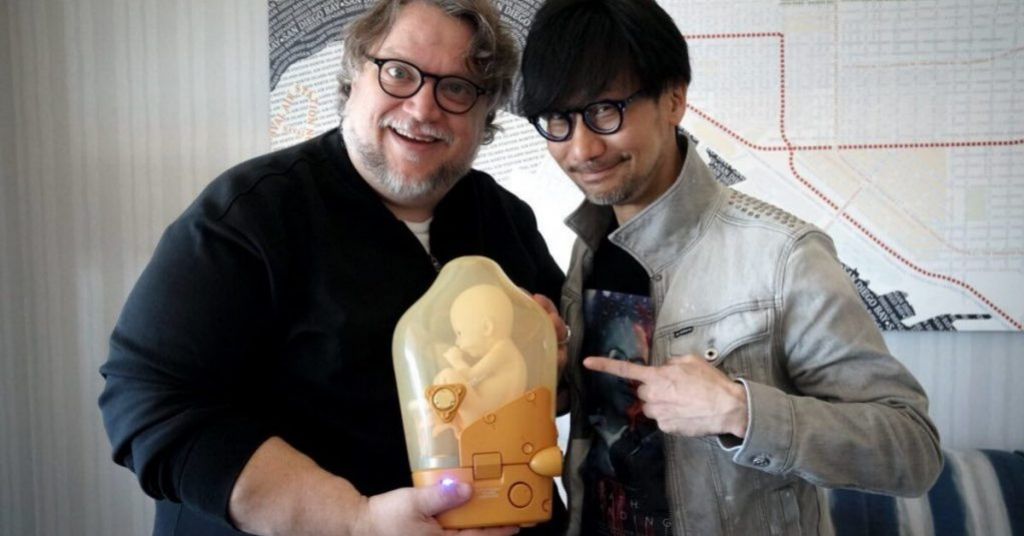
Video game : dawn of superstars
If in more established media such as cinema, music or literature the successful creator is set up as a star, during his lifetime for the lucky ones, posthumously for the others ... In video games the notion of studio tended to take precedence over individual creation. When it was released in the 1980s, Mario was linked forever to Nintendo and very rarely to Miyamoto or Tezuka (creators of the game). The same goes for a whole bunch of licenses: Tetris is irreparably linked to Gameboy,GTA to Rockstar, Halo to Xbox or Megaman to Capcom.
However, at the dawn of the 2000s, a creator will take advantage of the power of the Playstation to offer an experience bordering on cinema and video games: Hideo Kojima.

With Metal Gear Solid, besides revolutionizing console infiltration, breaking the fourth wall with Psychomantis reading your memory cards, or trying to come up with a thick and deep storyline, he will step forward. Not as a technician, but as an artist. This series is his baby, camera movements, his movie buff picks and the gritty jokes, a proof of his regressive sense of humor.


Almost unique at the time, he took advantage of his notoriety to push the boundaries of his time ever further. Whether with Metal Gear Solid 2 and its disconcerting change of hero (goodbye Solid Snake), MGS 4 and its end cutscene of several tens of minutes or the recent Death Stranding and his radical bias coupled with plethora of cameos such as Nicolas Winding Refn or Guillermo Del Toro.



Since his break-up with Konami, his development studio even has his name, proof that Kojima has become a concept on his own and he has become the star hiding the studio.

Our coolest products



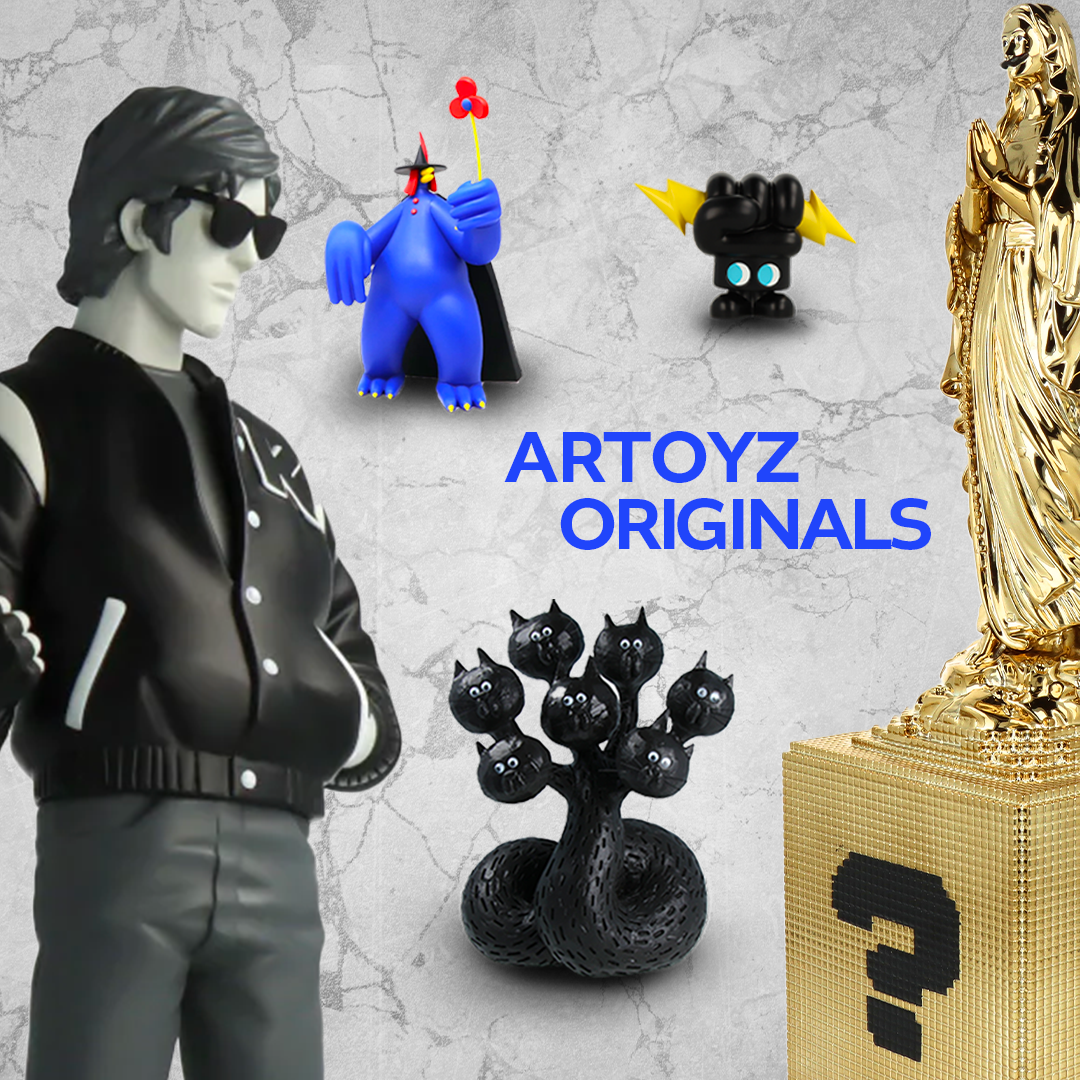








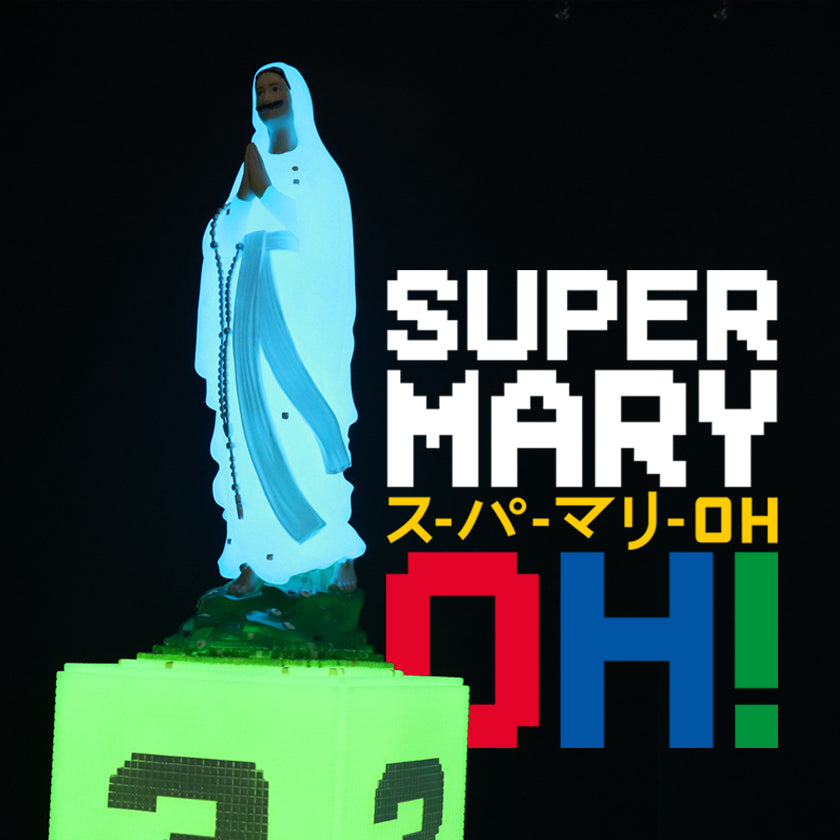



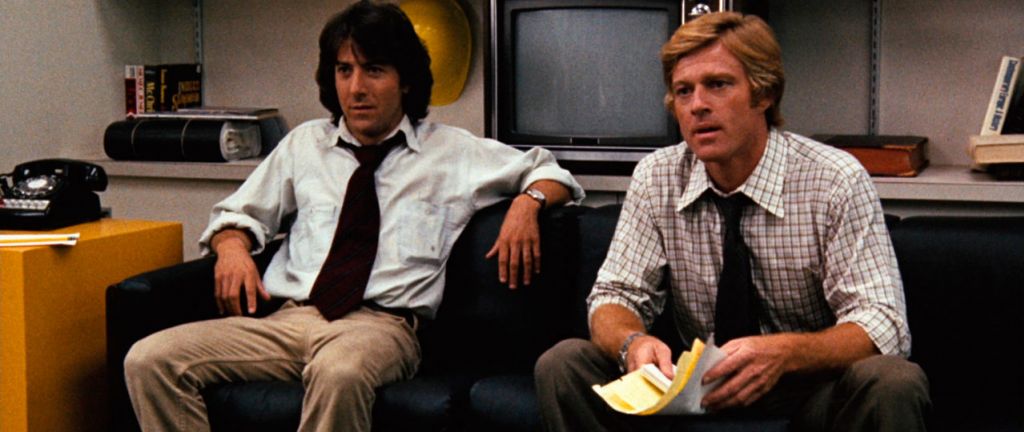
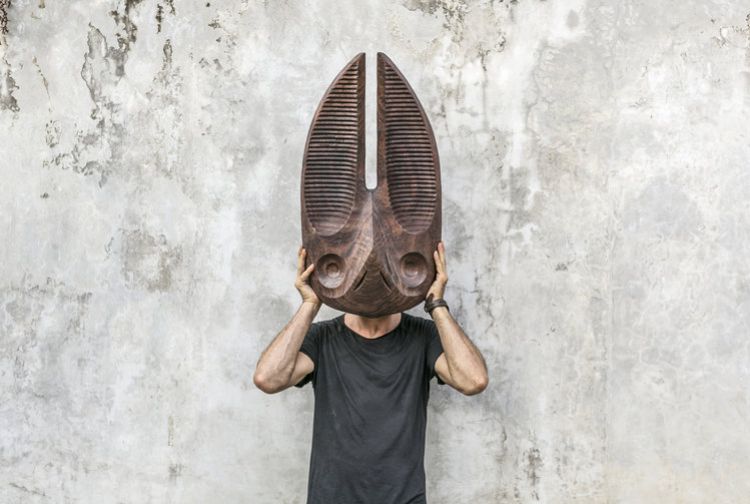

















Leave a comment
This site is protected by hCaptcha and the hCaptcha Privacy Policy and Terms of Service apply.